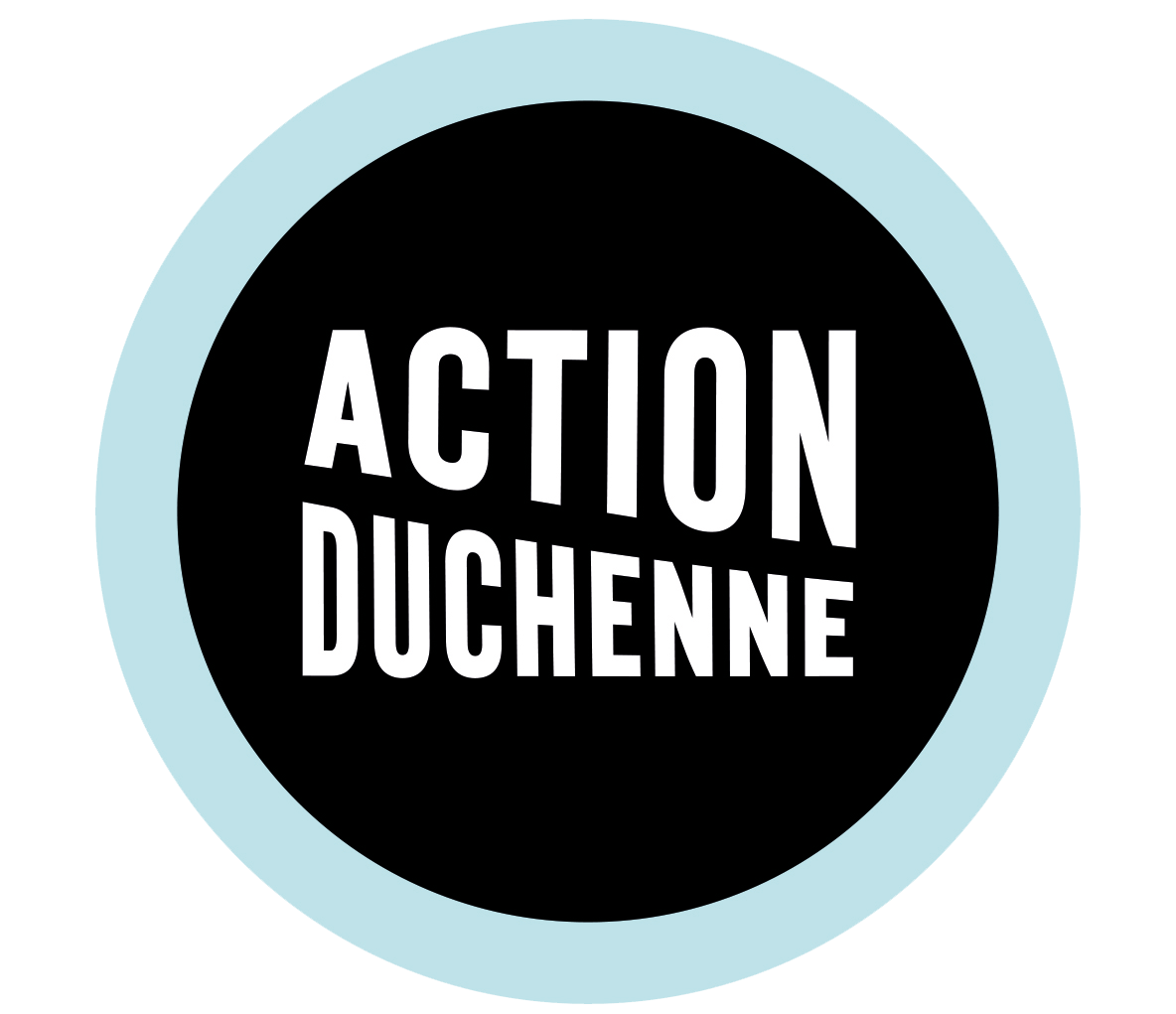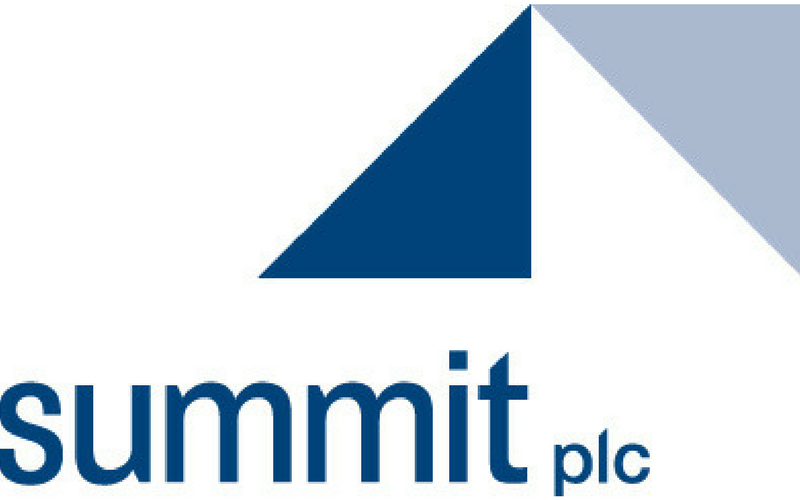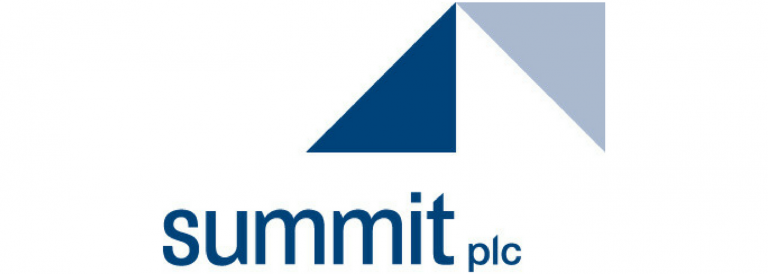Increase in utrophin protein expression observed
Summit accelerating preparations for pivotal clinical trial
-
Ezutromid is a potential disease-modifying treatment for the entire DMD patient population
-
Webinar to discuss data
Summit Therapeutics have today announced positive 24-week interim results from the open-label Phase 2 proof of concept clinical trial, PhaseOut DMD. PhaseOut DMD is evaluating the utrophin modulator ezutromid in patients with Duchenne muscular dystrophy (‘DMD’). The focus of the planned interim analysis was on biopsy measures that show:
Treatment with ezutromid resulted in a statistically significant and meaningful reduction in muscle damage as measured by a 23% decrease in mean developmental myosin in muscle biopsies at 24 weeks compared to baseline (11.37% to 8.76%, 95% CI, -4.33, -0.90). Developmental myosin is a biomarker of muscle damage and is found in repairing fibres.
-
A total of 14 of 22 patients showed a decrease in developmental myosin, with five of those showing a greater than 40% reduction.
-
Increase in mean utrophin protein intensity levels of 7% in biopsies at 24 weeks compared to baseline (0.370 to 0.396, 95% CI, -0.005, 0.058).
The combination of reduced muscle fibre damage and increased levels of utrophin provides the first evidence of ezutromid target engagement and proof of mechanism.
Take a look at our glossary to understand the terminology of Duchenne
Webinar details
In our continued aim to bring you up to the moment news from the international Duchenne community, Action Duchenne and Parent Project Muscular Dystrophy (PPMD) are co-moderating a Webinar to discuss Summit’s recently reported positive interim 24-week data from PhaseOut DMD.
-
Further information and sign up here
-
The Webinar will take place Wednesday 7 February at 5pm
-
The Webinar is free to attend and open to everyone.
Your chance to ask questions
We are collecting prepared questions for the Webinar, please submit any questions you would like answered on the Webinar in advance to lynnette@actionduchenne.org(deadline 2pm tomorrow, Friday 2 February).
If you are unable to join us live, the webinar will be recorded and available afterwards.
“The significant reduction in muscle damage coupled with the increase in utrophin expression seen in PhaseOut DMD trial patients at 24 weeks is very encouraging as it suggests ezutromid may slow the relentless cycle of muscle fibre degeneration and regeneration that is a hallmark of DMD,” said Professor Francesco Muntoni,Director of the Dubowitz Neuromuscular Centre, at the UCL Institute of Child Health and Great Ormond Street Hospital for Children, London, UK, and Principal Investigator in PhaseOut DMD. “These favourable interim results are certainly a step forward in the development of utrophin modulation as a treatment approach for this fatal disease in all patients with DMD.”
“The benefits of continual production of utrophin protein to protect against the progression of DMD have been well established in preclinical studies,” added Professor Dame Kay E. Davies FRS, Dr Lee’s Professor of Anatomy of the University of Oxford and Co-Founder of Summit. “These data provide the first evidence of utrophin modulation working in patients. If further findings build on this evidence they could establish ezutromid as a universal, disease-modifying treatment and bring hope to all patients and families living with DMD.”
Duchenne is caused by genetic faults that prevent muscle cells from making dystrophin, a protein that maintains the structure and healthy functioning of muscles. The absence of dystrophin, as seen in patients with DMD, leads to a catastrophic cycle of muscle damage and repair. Utrophin protein performs a similar role to dystrophin in developing and repairing muscle fibres. As a muscle fibre matures, utrophin is switched off and replaced by dystrophin in the case of healthy individuals. During the early stages of natural muscle repair, utrophin and developmental myosin are expressed concurrently, and are then slowly switched off. Ezutromid aims to maintain utrophin expression in patients with DMD so it can substitute for the lack of dystrophin and break this cycle.
“Achieving this significant reduction in muscle damage after only 24 weeks of ezutromid treatment is a landmark moment for our utrophin modulation programme,”commented Mr Glyn Edwards, Chief Executive Officer of Summit. “These promising interim data enhance our belief that longer-term treatment with ezutromid could achieve meaningful functional benefits for patients living with DMD. We now look forward to announcing the top-line data from the full 48-week trial in the third quarter of this year and in parallel accelerating preparations for the advancement of ezutromid into a pivotal clinical trial in patients.”
Additional findings from the PhaseOut DMD 24-week interim results:
· All patients achieved plasma levels of ezutromid sufficient to modulate utrophin.
· Pharmacological responses were observed in patients treated with either the F3 or F6 formulations. There were no observed relationships between drug exposure and responses in pharmacology or safety measures at this stage.
· In an additional biopsy measure, average muscle fibre diameter decreased from 42.1µm at baseline to 40.3µm at 24-weeks.
· Changes in muscle pathology can be monitored using magnetic resonance spectroscopy (‘MRS’) to evaluate the amount of fat in muscles, which increases over time in DMD. The mean fat fraction in the vastus lateralis (thigh) was 14.7% at baseline and 18.5% at 24 weeks (n=37). Longer term dosing of patients is expected to be required to detect changes in MRS parameters, which is the 48-week primary endpoint.
· Functional tests, which naturally decline over time in DMD, were included as exploratory measures. The mean six-minute walk distance was 404m at baseline and 395m at 24 weeks (n=39). Mean North Star Ambulatory Assessment score was 25.0 at baseline and 24.4 at 24 weeks (n=39). The North Star Ambulatory Assessment is a multi-point test of motor function with a maximum score of 34.
· All patients retained ambulation after 24 weeks of treatment.
· Ezutromid has been well tolerated to date.
The muscle biopsies were analysed using fully automated techniques that can assess whole cross-sections of biopsies containing several thousand individual fibres. These techniques were developed by Summit in collaboration with Flagship Biosciences Inc. Following strict handling and processing protocols, all biopsies contributed to the overall dataset with 22 matched pairs of baseline/week 24 biopsies assessed in the developmental myosin and fibre diameter assay and 18 matched pairs of baseline/week 24 biopsies assessed in the utrophin assay.
PhaseOut DMD is ongoing. Top-line results are expected to be reported in the third quarter of 2018. After 48 weeks of treatment, all patients have the option of enrolling into an extension phase, which is gathering long-term MRS, functional and safety data on ezutromid; to date 18 of 19 eligible patients have enrolled into the extension phase. Summit plans to conduct a randomised, placebo controlled trial that could potentially support the accelerated and conditional approval of ezutromid in the US and EU respectively.
Additional details of the 24-week interim data are expected to be presented at medical and scientific conferences.
About PhaseOut DMD
PhaseOut DMD aims to provide proof of concept for ezutromid and utrophin modulation by measuring utrophin protein and muscle fibre regeneration in muscle biopsies, as well as muscle fat infiltration. The primary endpoint of the open-label trial is the change from baseline in magnetic resonance spectroscopy parameters related to fat infiltration and inflammation of the leg muscles. Biopsy measures evaluating utrophin and muscle damage are included as secondary endpoints. Exploratory endpoints include the six-minute walk distance, the North Star Ambulatory Assessment and patient reported outcomes. PhaseOut DMD enrolled 40 patients in the US and UK, aged from their fifth to their tenth birthdays. PhaseOut DMD is 48 weeks in length. Under the protocol, 30 patients receive 2,500mg of the F3 formulation of ezutromid twice a day and ten patients receive 1,000mg of the F6 formulation of ezutromid twice a day. All patients had a bicep muscle biopsy taken at baseline with 24 patients scheduled to have their second biopsy after 24 weeks of dosing, and the remaining 16 patients scheduled to have their second biopsy after 48 weeks of dosing. The number of patients on each formulation assigned to each biopsy group is proportionally consistent. Two patients withdrew from the trial prior to their second biopsy for reasons unrelated to ezutromid; one patient was on a 24-week second biopsy schedule and the other was on a 48-week second biopsy schedule.
About Utrophin Modulation in Duchenne
Duchenne is a progressive muscle wasting disease that affects around 50,000 boys and young men in the developed world. The condition is caused by different genetic faults in the gene that encodes dystrophin, a protein that is essential for the healthy function of all muscles. Utrophin protein is functionally and structurally similar to dystrophin. In preclinical studies, the continued expression of utrophin had meaningful, positive effect on muscle performance.
FAQs
1. What do these data mean?
This is an early look at data from PhaseOut DMD. In these data, we see that ezutromid treatment led to a significant reduction in muscle damage and increased production of utrophin in muscle fibers. This fits with our expectation that utrophin modulation maintains utrophin production in mature muscle fibers, enabling utrophin to replace the need for dystrophin in DMD muscles. We don’t yet know if ezutromid will be able to produce long term functional or other clinical benefits, but this is a very exciting step for ezutromid and utrophin modulation. Importantly, ezutromid has been well tolerated to date in all patients in PhaseOut DMD. We look forward to the results from the full 48 weeks of the trial expected in the third quarter of 2018.
2. Will there be another clinical trial? When will that start/where will it take place?
We expect to have to conduct another clinical trial aimed at getting regulatory approval for ezutromid to be marketed in the US and Europe. With these positive interim data in hand, we are actively planning for the next trial and expect to provide a timeline for the start of that trial once we have the 48-week data. It is expected to be a global trial, and the participating countries and sites will be announced closer to the initiation of the trial.
3. When will ezutromid be available on the market?
We are awaiting the 48-week data from PhaseOut DMD prior to finalizing our plans for the next trial. Once we have these plans in place, we will be able to better predict when we could potentially file for regulatory approvals. These filings would need to be approved by the applicable regulatory authorities before ezutromid would be available on the market.
4. Can I get access to ezutromid before it’s approved?
Running clinical trials that can support regulatory approvals is the best way to ultimately ensure wide access for patients to ezutromid. All of our efforts are therefore focused on conducting rigorous clinical trials to establish the safety and potential clinical benefits that ezutromid may have. At this point in the development, we cannot support any use of ezutromid outside of our clinical trials and any associated extension phases.
Further reading
-
About clinical trials
-
Give feedback to Summit in their patient/family survey
-
Research we are funding
-
Get help and support
-
Call us 020 8556 9955
-
Fundraise



 Anxiety study for young people and families living with Duchenne
Anxiety study for young people and families living with Duchenne
